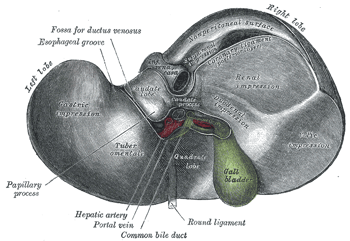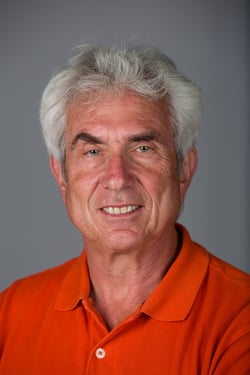 The liver is a truly amazing organ, with an almost unprecedented ability to repair itself after injury. The mechanism for this ability was previously thought to be oval cells,but recent research from UCSD challenges conventional wisdom.
The liver is a truly amazing organ, with an almost unprecedented ability to repair itself after injury. The mechanism for this ability was previously thought to be oval cells,but recent research from UCSD challenges conventional wisdom.
Researchers working at the University of California, San Diego School of Medicine recently uncovered a group of liver cells, called “hybrid hepatocytes”, that are especially adept at regeneration.
The team is led by UCSD Distinguished Professor of Pharmacology and Pathology Michael Karin, PhD, and showed that "hybrid hepatocytes," are able to regenerate liver tissue without giving rise to cancer in mouse models. The researchers also found similar cells in human livers.
While the liver's regenerative properties were previously credited to adult stem cells known as oval cells, instead, recent findings suggest that the properties actually belong to the hybrid hepatocytes.
 To reach this conclusion, Michael Karin and his team of researchers traced the cells responsible for replenishing hepatocytes to one specific area of the liver, called the portal triad. Here they found that these special hepatocytes “undergo extensive proliferation and replenish liver mass after chronic liver injuries.”
To reach this conclusion, Michael Karin and his team of researchers traced the cells responsible for replenishing hepatocytes to one specific area of the liver, called the portal triad. Here they found that these special hepatocytes “undergo extensive proliferation and replenish liver mass after chronic liver injuries.”
"Although hybrid hepatocytes are not stem cells, thus far they seem to be the most effective in rescuing a diseased liver from complete failure," said UCSD researcher and lead author Joan Font-Burgada, PhD.
One of the most important aspects of this study includes the finding that unlike induced pluripotent stem cells, which are also used for liver regeneration, the hybrid stem cells do not come with a risk of tumor growth due to unregulated growth.
The team tested the safety of hybrid hepatocytes using three different mouse models of liver cancer. They found no signs of hybrid hepatocytes in any of the tumors, leading the researchers to conclude that these cells don't contribute to liver cancer caused by obesity-induced hepatitis or chemical carcinogens.
"Hybrid hepatocytes represent not only the most effective way to repair a diseased liver, but also the safest way to prevent fatal liver failure by cell transplantation," Karin said.
This research was supported by several grants from the National Institutes of Health, totaling over $12 million. In addition to funding garnered for work associated with this study, UCSD researchers regularly receive millions of dollars in R&D funding for their research.
For example:
- UC San Diego received a total of $1.1 billion in research funding for all fields during the 2014 fiscal year.
- UC San Diego is to break ground on the $269 million Altman Clinical and Translational Research Institute.
- The University of California, San Diego received $20 million in order to continue research focused on understanding the pathology of chronic lymphocytic leukemia.
 Researchers from UCSD spend significant amounts of federal, state and private funding on their projects, including on lab supplies.
Researchers from UCSD spend significant amounts of federal, state and private funding on their projects, including on lab supplies.
Biotechnology Calendar, Inc. holds the Semiannual Biotechnology Vendor Showcase™ as a venue for highly funded and prominent researchers from UCSD to find the lab supplies they need.
In 2014, these events at UCSD hosted nearly 1,000 attendees from 50 different research buildings and 60 on-campus departments. To learn more about participating in this expansive life science marketplace, click the appropriate button below:



